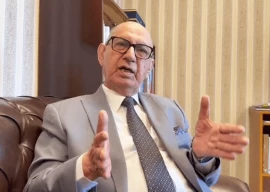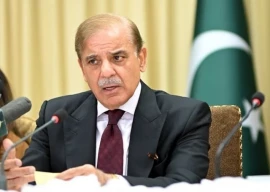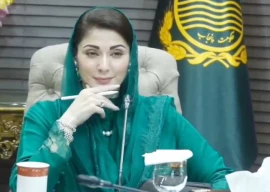
The name Gilgit-Baltistan itself is relatively new, an area previously vaguely referred to as the “Northern Areas” of the disputed territory of Azad Jammu and Kashmir (AJK) under the Pakistani administration.
An elected government is running the show in G-B for the last two years. In September 2009, the government enacted “The Gilgit-Baltistan Empowerment and Self-Governance Ordinance” approved by the federal cabinet, paving way for the region to become the fifth quasi-province of Pakistan. It is aimed at granting political autonomy to the northern areas of AJK.
Two years on, the autonomous status is in its nascent stage, but very little seems to have been accomplished on ground. Considerable expectations are attached to it and how this package takes shape has long-term implications on the region.
There have been numerous merits of the new autonomy. Some political status was granted to the region and the very first democratically-run elections took place — a fact some would disagree with. The district of Astore/Diamer and Baltistan/Skardu have been separated for better governance. The establishment of the G-B council along the lines of the Azad Kashmir council is a good omen. The regional languages of Shina and Balti have been recognised besides other ethnic languages of Pakistan.
G-B now has its own large budget. The elected legislative assembly is functional to an extent although all major decisions are still taken by the federal government in Islamabad. The Diamer-Bhasha dam and other smaller dam projects were also initiated of late.
The public had anticipated that the region would obtain a semi-autonomous status in shape of an interim constitutional setup similar to the model of AJK. Many are under the notion that the package stamps the region as one of the destined provinces of Pakistan — “a complete merger”. However, in reality the package is only a presidential order, not a unanimous bill passed by the National Assembly.
Suggestions
A practical and independent judiciary, more specifically an extension of the Supreme Court to G-B is the need of the hour. More autonomy to region will help solve a lot of indigenous problems. An improved and experienced governance structure must be put in action. Economic reforms are vital.
We cannot solely rely on the Karakoram Highway any more. The need for alternative and additional routes is now essential since natural calamities like the floods and landslides often isolate G-B for months. More emphasis on education and health should be placed. The precise allocation of funds to districts on legitimate projects should be implemented.
If the package is to succeed, it is important to empower the people and make them self-sufficient by a greater power transfer to the G-B government and less dependence on Islamabad. The position of G-B still remains ambiguous. We might be the path to becoming the fifth province of Pakistan, but we’re not quite there yet.
The writer is a human rights activist and philanthropist from Diamer, Gilgit-Baltistan.
Published in The Express Tribune, August 29th, 2011.
COMMENTS (1)
Comments are moderated and generally will be posted if they are on-topic and not abusive.
For more information, please see our Comments FAQ



1731916090-0/sabrina-(3)1731916090-0-165x106.webp)













Petite and Pretty People of G-B are proud of you Ms. Khan